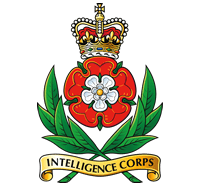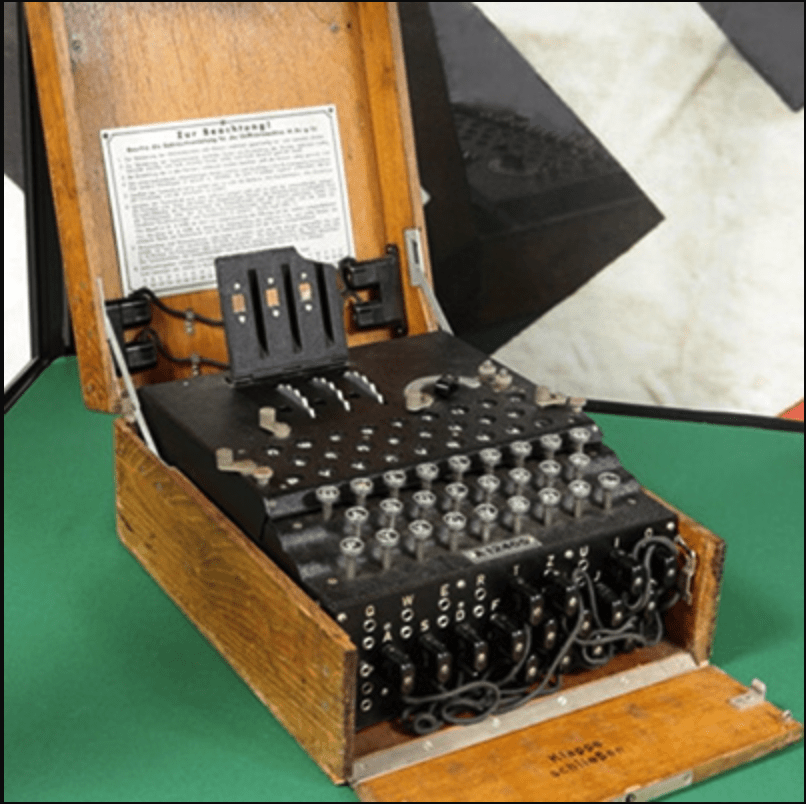Int & Spies in Belsize
‘ICA members and Friends take evasive action’ Agatha Christie, the American Civil War, George Crosses, V-1 ski ramps, WWI German military intelligence officers, Communist agents and secret tunnels all had walk-on parts in a recent ICA (SLAM) stroll through North London’s Belsize Park. The colourful walk, decidedly at the red end of the spectrum, finished at the Hampstead Training Centre where collective memories added further dimensions. Lester Hillman devised the walk attended (amongst others) by fellow-Friends Tony Hetherington, Chris Yates, David Elvy and Dave Farrell who masterminded the administration. Agatha Christie From the bright sun at Belsize Park tube station,…

